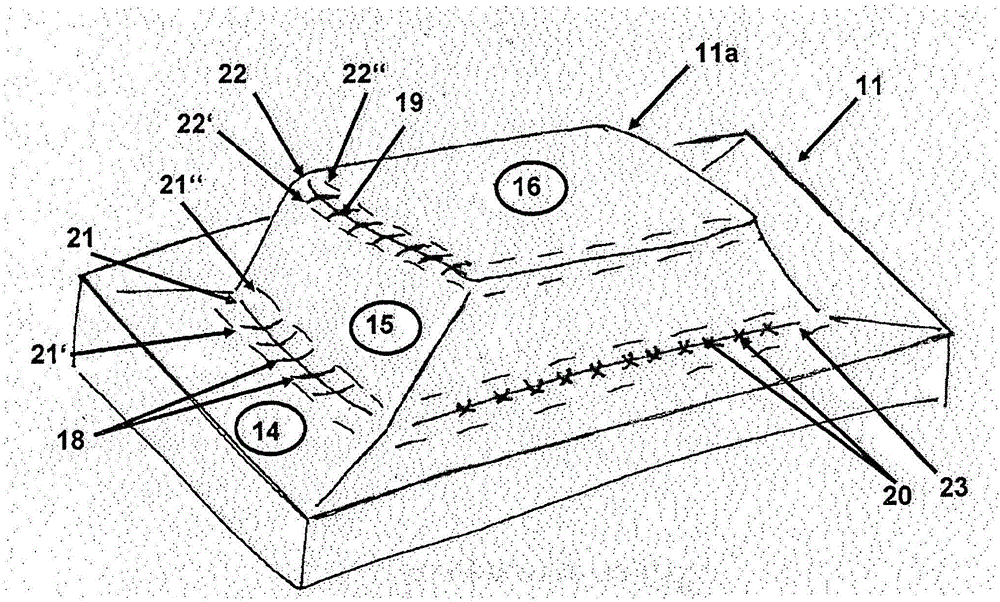I. Introduction
Mold flow analysis is a computer simulation process used to predict how plastic material fills a mold cavity during injection molding, using special software to simulate all aspects of this process; including flow behavior of plastic material inside mold cavities as it cools and solidifies, cooling cycle times and solidification stages – providing invaluable insight into how material behaves during each of them.
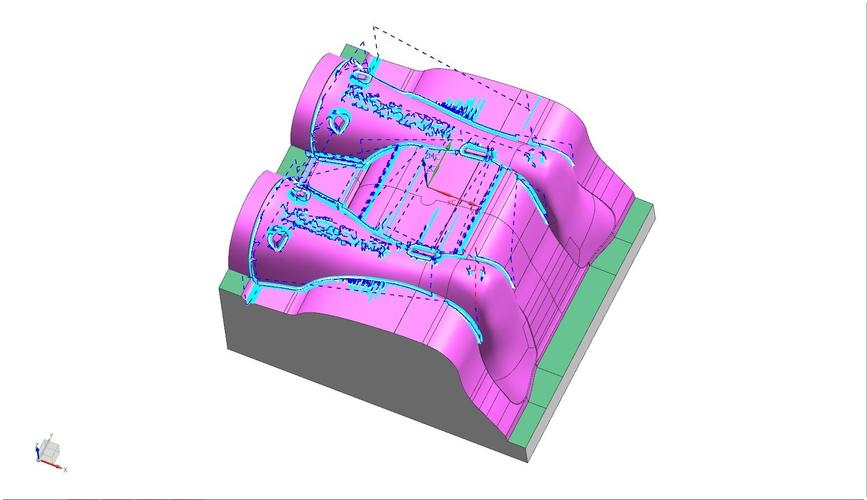
II. Understanding Mold Flow Analysis
Identifying potential defects:
Mold flow analysis simulates plastic material flow through a mold to detect defects such as flow lines, weld lines, sink marks, air traps and knit lines that might exist within its design, gate locations and process parameters. Manufacturers can make necessary changes to optimize final product quality to minimize or even eradicate these potential faults in its final form.
Optimizing mold design:
Mold flow analysis offers insight into material flow behavior, fill patterns and cooling times in order to optimize mold design. It helps pinpoint optimal gate locations while simultaneously detecting hot or cold spots within mold designs for adjustments that lead to higher accuracy and reduced production costs resulting in enhanced part quality as well as decreased costs per production run.
Improving part quality:
Mold flow analysis allows evaluation of material options, fill patterns and process parameters to optimize part quality. It identifies optimal melt temperature, injection pressure, fill time as well as predicted fiber orientations such as shrinkage rate or warpage and thus helps achieve desired part shapes with precise dimensions while simultaneously decreasing scrap rates and increasing customer satisfaction.
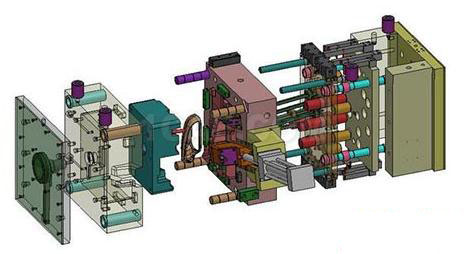
III. Benefits of Mold Flow Analysis
Mold flow analysis can provide many advantages during the injection molding manufacturing process. Here are a few key benefits:
Saving time and cost by identifying and resolving issues in the virtual stage.
Mold flow analysis allows manufacturers to virtually simulate and examine the injection molding process prior to physical production, providing manufacturers with a chance to identify and resolve potential flow-related defects such as air traps, sink marks and warpage early in product development and avoid costly trial-and-error iterations during physical production. It significantly decreases time and cost associated with producing multiple physical prototypes while increasing overall production efficiency.
Enhancing part quality by predicting and mitigating potential defects.
Mold flow analysis allows manufacturers to predict and mitigate potential defects in parts, such as short shots, voids, weld lines or over-packing. By simulating different process scenarios and analyzing results from each one, mold flow analysis helps optimize process parameters to achieve a uniform and complete filling of mold cavities with high-quality parts that contain minimal defects for increased part performance, functionality and customer satisfaction.
Optimizing mold design for improved production efficiency and reducing lead time.
Mold flow analysis plays a key role in optimizing mold design by offering insights into flow behavior, temperature distribution and potential defects within parts. By simulating different mold designs and analyzing results of simulation runs, manufacturers are able to use mold flow analysis for optimizing geometry cooling system design gating design for increased production efficiency with reduced lead times – leading to faster production cycles, greater productivity and reduced manufacturing costs.
Allowing for material selection and optimal gate locations based on simulation results.
Mold flow analysis allows manufacturers to simulate and examine the fluid dynamics of different plastic materials with diverse properties, helping select an ideal material to achieve part performance requirements while optimizing melt temperatures for efficient processing. Furthermore, mold flow analysis permits simulation and examination of multiple gate locations and fill patterns to optimize material flow behavior in mold cavities – helping identify an optimum combination that results in proper filling/packing/flow thus leading to increased part quality/decreased scrap rate.
Enabling the production of complicated shapes and tight tolerances with accuracy.
Mold flow analysis simulation software helps manufacturers simulate and understand the flow behavior of plastic materials through intricate mold geometries, enabling manufacturers to accurately produce parts with complicated geometries such as undercuts and tight tolerances with precision. By optimizing process parameters and mold design based on simulation results, manufacturers can ensure their plastic fills each mold cavity uniformly and consistently for top-quality parts with intricate geometries and tight tolerances.
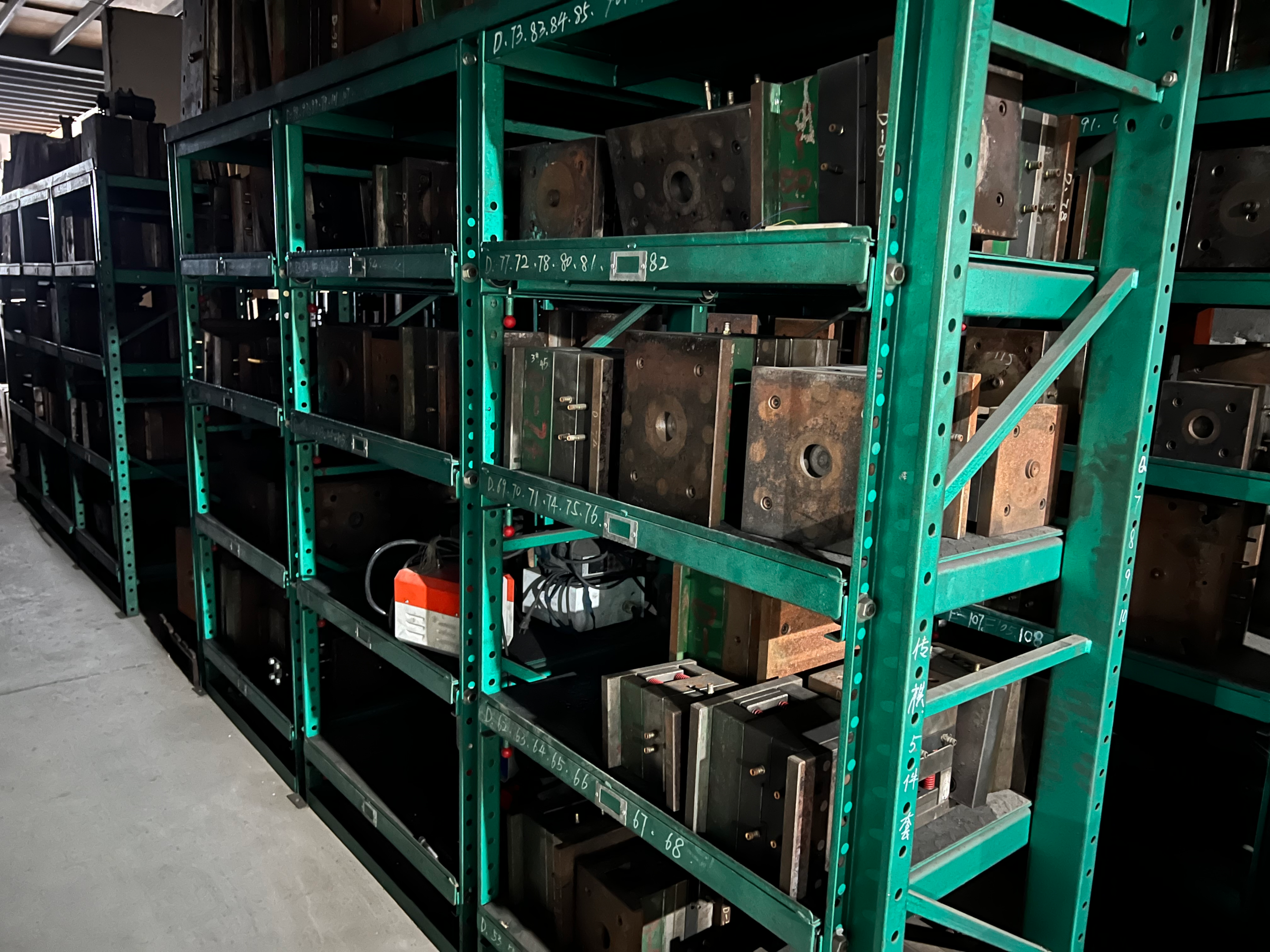
IV. Real-World Applications of Mold Flow Analysis
Mold flow analysis has become an essential tool in various real-life applications within the injection molding industry. Here are a few instances of mold tools and their utilization within various sectors of injection molding:
High-volume market distribution of plastic products
Mold flow analysis is vitally important to manufacturers producing plastic products in high volumes for mass market distribution. By simulating and analyzing plastic material flows within their mold cavity, this mold flow analysis software helps manufacturers optimize key parameters such as injection pressure, fill time, cooling time, and melt temperature to achieve efficient mass-market production of high-quality parts at scale – meeting specific dimensional accuracy requirements, surface finish specifications, mechanical properties specifications while minimizing defects to create cost-effective and high volume production of high-quality goods at scale.
Optimizing mold cavity layout and gate placement
Mold flow analysis can help manufacturers optimize the layout and placement of their mold cavity to achieve maximum plastic material filling and packing in their cavity. By simulating various cavity layouts and gate placements, manufacturers are able to pinpoint an optimum design that ensures uniform and complete filling of their cavity while minimizing defects that cause high-quality parts; ultimately reducing trial-and-error production iteration costs while simultaneously improving overall production efficiency.
Predicting fiber orientation and minimizing weld lines
Mold flow analysis is used to predict the orientation of fibers within plastic materials, specifically reinforced plastics, during injection molding processes. By simulating plastic flow behavior containing fibers and analyzing results from this simulation process, manufacturers gain an insight into where fibers may accumulate within parts during injection molding cycle as well as any effects they might have on mechanical properties of finished product. With this data available to them, manufacturers are better able to select appropriate material specifications, process parameters and mold designs so as to minimize weld lines where fiber accumulation weakens performance resulting in increased part strength and durability overall.
Minimizing visual defects like sink marks and knit lines
Mold flow analysis can be used to predict and mitigate visual defects found in finished parts, including sink marks and knit lines. Sink marks result when plastic material shrinks unevenly during cooling, leaving depressions on its surface; knit lines occur when plastic material passes around an obstacle only to meet back up again later resulting in visible lines on its surface. By simulating filling and cooling stages of injection molding processes, mold flow analysis helps manufacturers optimize process parameters, mold design and material choices to minimize sink marks and knit lines as much as possible, leading to improved aesthetics and surface finish results and aesthetics overall.
Determining optimal fill patterns and cooling stages
Mold flow analysis can be used to establish optimal fill patterns and cooling stages within a mold cavity. By simulating various fill patterns in injection molds such as sequential fill, cascade fill, coinjection and their results and analyzing their outcomes, mold flow analysis enables manufacturers to optimize filling behavior of plastic material in the mold cavity. Furthermore, simulation and analysis of cooling stages of injection molding processes to maximize cooling time rate distribution within mold cavities for uniform cooling of parts that reduce cycle times while increasing quality levels is another invaluable service provided by mold flow analysis.
Assessing the effects of material flow and air traps
Mold flow analysis is used to examine the effects of material flow behavior and air traps during injection molding processes, helping manufacturers assess potential areas where air can get trapped during filling or packing stages of injection molding processes, which could result in air voids or bubbles being present in final parts. By simulating plastic material flow behavior and analyzing results from mold flow analyses, manufacturers can uncover areas in which air can get trapped during filling/packing cycles leading up to injection molding, potentially leaving behind air pockets during filling/packing stages that leave air-trapped pockets when parts come off being manufactured void free parts! Information obtained through mold flow analyses can also assist manufacturers in optimizing process parameters like injection pressure/fill time/gate design to minimize trap occurrence while producing high quality/void-free products from injection molding processes allowing production.
Assisting in part and mold design modifications for desired shape and function
Mold flow analysis provides manufacturers with an indispensable resource in improving part and mold designs to achieve desired shapes and functions of final parts. By simulating different design iterations and analyzing results, mold flow analysis helps manufacturers optimize part geometry, wall thickness, gate location and actual mold flow in design to achieve quality performance goals for final parts – ultimately helping make informed design decisions, validate changes to designs as needed and optimize production of high-quality parts efficiently and cost-effectively.
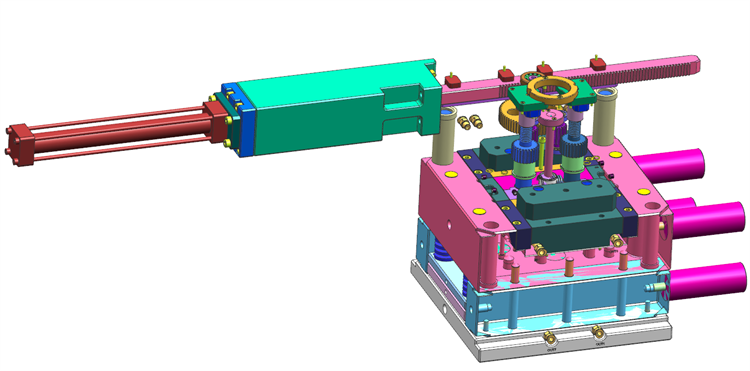
V. Conclusion
Mold flow analysis is an indispensable asset in injection molding, providing manufacturers with valuable insights and predictive capabilities that enable them to maximize injection molding production efficiency. By simulating plastic flow behavior and analyzing mold design parameters, injection mold design and flow analysis helps manufacturers detect defects early and improve part quality while making informed decisions regarding process parameters, material selection, gate placement and cooling stages in order to produce cost-effective parts with high levels of quality production.
